ABOUT
DISCOVERY RESEARCH
THE FOUNDATION OF WINNING PRODUCTS
Imagine you’re launching a new fitness app. You have a vision—personalized workouts, AI-driven coaching, and seamless user experience. But here’s the catch: you’re not your user.
You assume busy professionals will use it. But do they really want another fitness app? Will they prefer live classes, pre-recorded videos, or AI-driven personalization? Will they pay for a subscription or prefer a freemium model?
You could guess and risk months of development on a product that might fail. Or you could do discovery research.
WHAT IS
WHAT IS DISCOVERY RESEARCH?

Discovery research is the foundation of successful product development. It helps businesses understand user behavior, needs, and pain points before investing time and resources into building a product. It answers the fundamental question: “Are we solving the right problem?”
Without discovery research, you risk building a product no one wants.
At UX Prosperar, we help businesses make data-driven decisions before they write a single line of code.
1. Discovery Research: One-Time or Continuous?
- Define their target audience
- Identify problems worth solving
- Explore market gaps and opportunities
- Develop a strong product strategy
Example: Our hypothetical fitness brand, Fitly, is launching an AI-powered fitness app. They assume their target audience is corporate professionals who struggle to find time to work out.
But after discovery research, they realize:
- These professionals already use wearables (Apple Watch, Fitbit) and want app integration, not a new standalone fitness platform..
- They prefer quick, 10-minute guided workouts instead of AI-driven recommendations..
- They are willing to pay for a monthly subscription—but only if it includes exclusive expert-led content.
Had Fitly skipped discovery research, they would have wasted resources on AI features users don’t care about instead of focusing on guided workouts and wearables integration.

1. Discovery Research: One-Time or Continuous?

One-Time Discovery at the Start of a Product Lifecycle – A one-time discovery study is conducted at the beginning of product development. It helps teams:
- Define their target audience
- Identify problems worth solving
- Explore market gaps and opportunities
- Develop a strong product strategy
Example: Our hypothetical fitness brand, Fitly, is launching an AI-powered fitness app. They assume their target audience is corporate professionals who struggle to find time to work out.But after discovery research, they realize:
- These professionals already use wearables (Apple Watch, Fitbit) and want app integration, not a new standalone fitness platform..
- They prefer quick, 10-minute guided workouts instead of AI-driven recommendations..
- They are willing to pay for a monthly subscription—but only if it includes exclusive expert-led content.
Had Fitly skipped discovery research, they would have wasted resources on AI features users don’t care about instead of focusing on guided workouts and wearables integration.
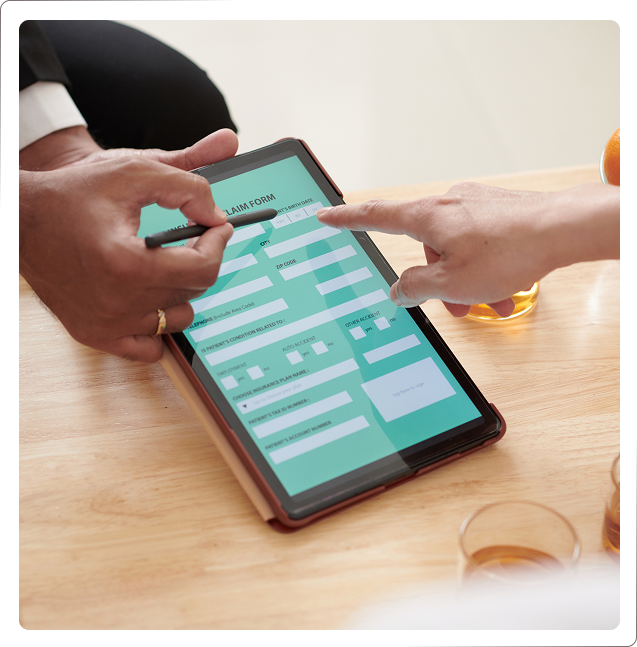
Example: Fitly launches its app. Six months later, they noticed a high drop-off rate after the free trial.
Instead of guessing why users are leaving, they run continuous discovery research:
- Analyzing real-time data on feature usage
- Conducting structured user interviews (not just informal conversations)
- Running longitudinal studies to track behavioral changes over time
- Using competitor analysis to understand shifting market expectations
Through this process, Fitly discovers:
- Users love the workouts, but they find it hard to stay consistent.
- They need habit-building features like reminders, streaks, and community challenges.
- Users are switching to a competitor because it offers social workout challenges.
Continuous discovery allows Fitly to pivot, iterate, and stay relevant. It’s not about randomly talking to five customers every week—it’s a structured, data-backed process.
2. Discovery Research is Generative, Not Evaluative
- It uncovers problems worth solving
- It explores user behaviors, needs, desires, and pain points
- It identifies new opportunities for innovation
Discovery research ensures you’re solving the right problem—but what happens next? Once you’ve identified your users’ needs and built your product concept around them, it’s equally important to test how well your solution works in practice.
Why App Usability Study Complements Discovery Research
While discovery focuses on understanding user needs and behaviors at a strategic level, usability study evaluates how effectively your app delivers on those needs through its design and functionality.
Example: After Fitly identifies its target audience through discovery research and builds an app prototype with wearables integration and guided workouts, usability study reveals that users struggle to complete workout sessions due to unclear navigation cues. By addressing these issues early in development, Fitly avoids costly redesigns post-launch.
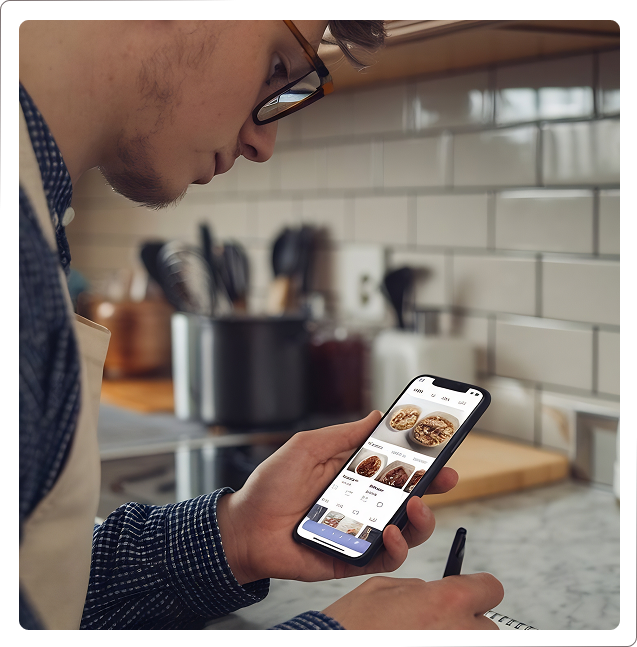
2. Discovery Research is Generative, Not Evaluative

Unlike usability testing (which tests existing designs), discovery research is generative.
- It uncovers problems worth solving
- It explores user behaviors, needs, desires, and pain points
- It identifies new opportunities for innovation
Discovery research ensures you’re solving the right problem—but what happens next? Once you’ve identified your users’ needs and built your product concept around them, it’s equally important to test how well your solution works in practice.
Why App Usability Study Complements Discovery Research
While discovery focuses on understanding user needs and behaviors at a strategic level, usability study evaluates how effectively your app delivers on those needs through its design and functionality.
Example: After Fitly identifies its target audience through discovery research and builds an app prototype with wearables integration and guided workouts, usability study reveals that users struggle to complete workout sessions due to unclear navigation cues. By addressing these issues early in development, Fitly avoids costly redesigns post-launch.
Key Benefits of App Usability Study
- Validates whether users can achieve their goals easily within your app
- Identifies friction points in navigation or feature usage
- Improves overall user satisfaction and retention rates
At UX Prosperar, we integrate usability study into your product lifecycle to ensure that every design decision aligns with real-world user behavior, helping you move from “solving the right problem” to “solving it the right way.”

3. Discovery Insights Must Be Validated with Numbers
Qualitative research (interviews, focus groups) gives deep insights, but it must be validated with quantitative data.
Example: During Fitly’s one-on-one interviews, users say they love the AI feature. But analytics show that only 5% of users actually use it.
Combining qualitative and quantitative research helps companies make informed decisions, rather than relying on assumptions.
At UX Prosperar, we ensure discovery research is data-backed by using:
- Surveys (to validate interview findings at scale)
- Behavioral analytics (to see what users do vs. what they say)
- Market data & competitor benchmarking
3. Discovery Insights Must Be Validated with Numbers

Qualitative research (interviews, focus groups) gives deep insights, but it must be validated with quantitative data.
Example: During Fitly’s one-on-one interviews, users say they love the AI feature. But analytics show that only 5% of users actually use it.
Combining qualitative and quantitative research helps companies make informed decisions, rather than relying on assumptions.
At UX Prosperar, we ensure discovery research is data-backed by using:
- Surveys (to validate interview findings at scale)
- Behavioral analytics (to see what users do vs. what they say)
- Market data & competitor benchmarking
4. Types of Discovery Research Studies
Discovery research isn’t one-size-fits-all. Here are some key methods:
- Uncover deep motivations, pain points, and behaviors
- Conducted in context (e.g., observing users in their natural environment)
Example: Fitly interviews users in their homes to see how they actually use fitness apps and wearables.
- Understand industry trends and competitor offerings
- Identify market gaps and opportunities
Example: Fitly analyzes competitors like Nike Training Club, MyFitnessPal, and Strava to see what features drive retention.

4. Types of Discovery Research Studies

Discovery research isn’t one-size-fits-all. Here are some key methods:
User Interviews & Ethnographic Research
- Uncover deep motivations, pain points, and behaviors
- Conducted in context (e.g., observing users in their natural environment)
Example: Fitly interviews users in their homes to see how they actually use fitness apps and wearables.
Competitive Analysis & Market Research
- Understand industry trends and competitor offerings
- Identify market gaps and opportunities
Example: Fitly analyzes competitors like Nike Training Club, MyFitnessPal, and Strava to see what features drive retention.

- Track user behaviour over time
- Understand habits and long-term pain points
- Validate findings with real-world user data
- Identify patterns and trends that interviews may not reveal
Example: Fitly checks user engagement data and discovers workout streaks increase retention by 40%—leading them to introduce gamification features.
5. Examples of Big Brands Using Discovery Research
Findings:
- Users feared a lack of trust and safety.
- Hosts worried about property damage.
How They Solved It:
- User profiles with reviews
- Secure payment processing
- Host guarantees & insurance
Without discovery research, Airbnb wouldn’t have identified trust as the biggest barrier, and would have failed.
- People loved music recommendations from friends.
- They often re-listened to past favorites.
How They Solved It:
- Discover Weekly (personalized AI recommendations)
- Blend playlists (merging friend recommendations)
Without discovery research, Spotify might have built random features instead of what users actually wanted.
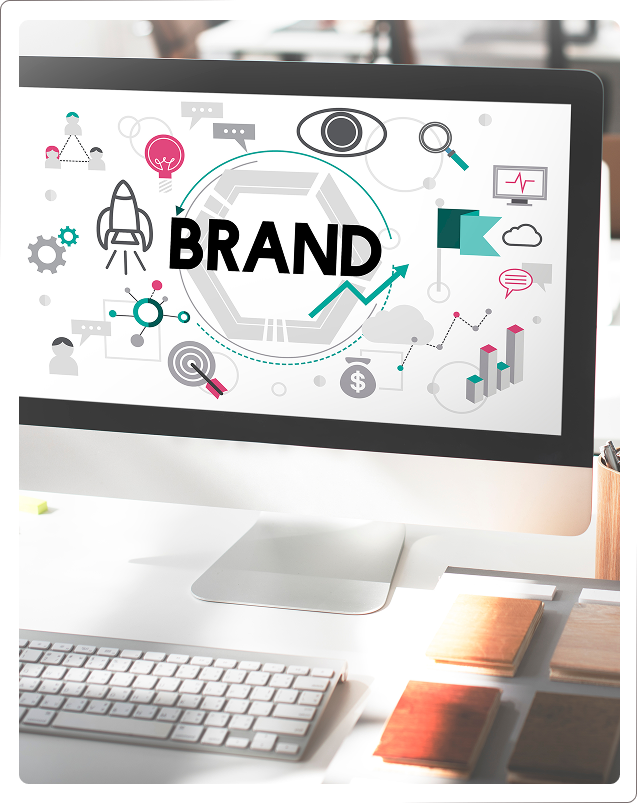
5. Examples of Big Brands Using Discovery Research

Airbnb’s Discovery Research on Trust – Before launching its business, Airbnb ran discovery research to understand why people hesitate to book strangers’ homes.
Findings:
- Users feared a lack of trust and safety.
- Hosts worried about property damage.
How They Solved It:
- User profiles with reviews
- Secure payment processing
- Host guarantees & insurance
Without discovery research, Airbnb wouldn’t have identified trust as the biggest barrier, and would have failed.
Spotify’s Discovery Research on Listening Habits – Before launching Discover Weekly, Spotify ran discovery research to understand how users discover new music.
Findings:
- People loved music recommendations from friends.
- They often re-listened to past favorites.
How They Solved It:
- Discover Weekly (personalized AI recommendations)
- Blend playlists (merging friend recommendations)
Without discovery research, Spotify might have built random features instead of what users actually wanted.
WHY CHOOSE US
HOW UX PROSPERAR CAN HELP YOU WITH DISCOVERY RESEARCH
At UX Prosperar, we don’t just conduct discovery research—we help you turn insights into business impact.
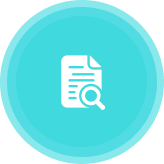
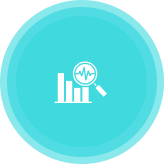
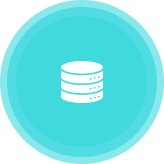
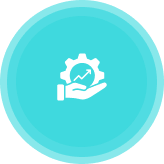
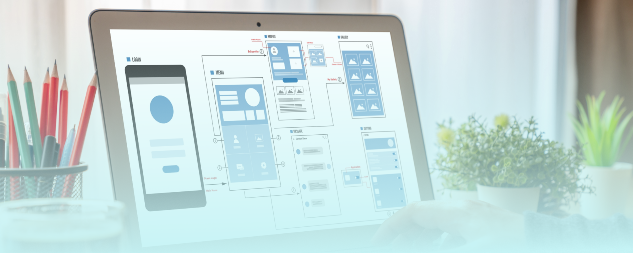
READY TO MAKE SMARTER BUSINESS DECISIONS?
Contact us today to run a discovery research & app usability study that ensures your product is built for success.




